autumn leaves kyoto draws travelers for the deep reds and golds that wrap temples, rivers, and narrow lanes in soft light. If you want “red leaves kyoto” photos that feel timeless, aim for a calm weekday dusk, bring warm layers, and plan your route like a local. This guide keeps the English simple and gives you the numbers you need—time, budget, and eligibility—to choose wisely. We also point to Japanese official sources (temples, city, and transit) so you can confirm latest hours, fees, and illumination schedules before you go.
1. Why should you visit Kyoto for autumn leaves?
2. How can you get there easily and on time?
3. What are the best spots and night illuminations?
4. Where should you eat and stay near the leaves?
5. How can you avoid crowds and travel smart?
Kyoto offers both calm streets and blockbuster views. Think floating verandas over ravines of flaming maples, stone paths glowing after sunset, and quiet shrines where the only sound is a leaf falling. In this article you will find when to go, how to move, which temples to prioritize, and how to keep your budget under control. We include short “Answer Boxes,” clear tables, and official Japanese links so you can double-check details in one tap.
1. Why should you visit Kyoto for autumn leaves?
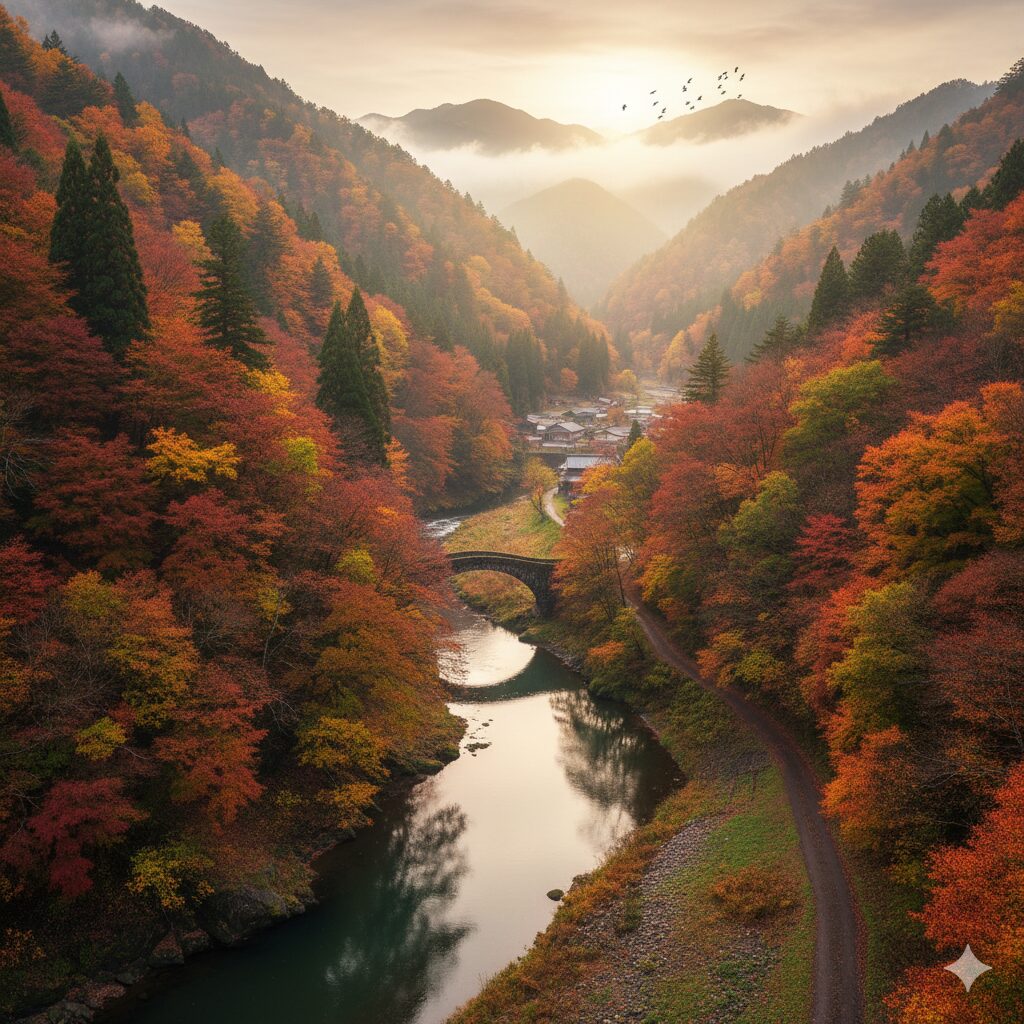
The short answer: diversity and convenience. You can see riversides, mountain temples, Zen gardens, and illuminated courtyards in a single day. Typical peak is mid-Nov to early Dec → check city info at Official website (Japanese).
1-1 Kyoto’s season window at a glance
Kyoto’s first color often starts at higher, cooler areas like Kibune and Kurama in late October. Central city zones follow from early November, with many flagship temples peaking around late November. Late spots and shaded valleys can still look good until the first third of December.
1-2 What colors and scenes will you get?
Expect layered maples (momiji) in scarlet, orange, and gold. Wooden bridges, moss gardens, and temple halls frame those tones—especially at places like Eikandō’s hillside and Tōfuku-ji’s ravine. After sunset, illuminations create mirror-like reflections on ponds and polished decks.
1-3 How busy does it get?
Very. Peak weekends can bring crush-level crowds at the big names. Choose weekday evenings and smaller sub-temples to cut wait times. For official crowd and event messaging, see Kyoto’s tourism portal → Official website (Japanese).
Table 1: Seasonal Calendar (Best Season & Crowds)
| Dates | Color Stage | Areas | Crowd Level (1–5) |
|---|---|---|---|
| Oct 25–31 | Early hints | Kibune, Kurama (north) | 2/5 |
| Nov 1–10 | Building color | Arashiyama, north-east foothills | 3/5 |
| Nov 11–20 | Peak | Citywide temples & gardens | 5/5 |
| Nov 21–30 | Peak to Late | Eastern hills, valleys | 4–5/5 |
| Dec 1–10 | Late color (still good in shade) | Ravines, north slopes | 3/5 |
* This calendar is a general pattern. For live “kyoto autumn leaves forecast 2025,” check major Japanese updates (see FAQs).
2. How can you get there easily and on time?
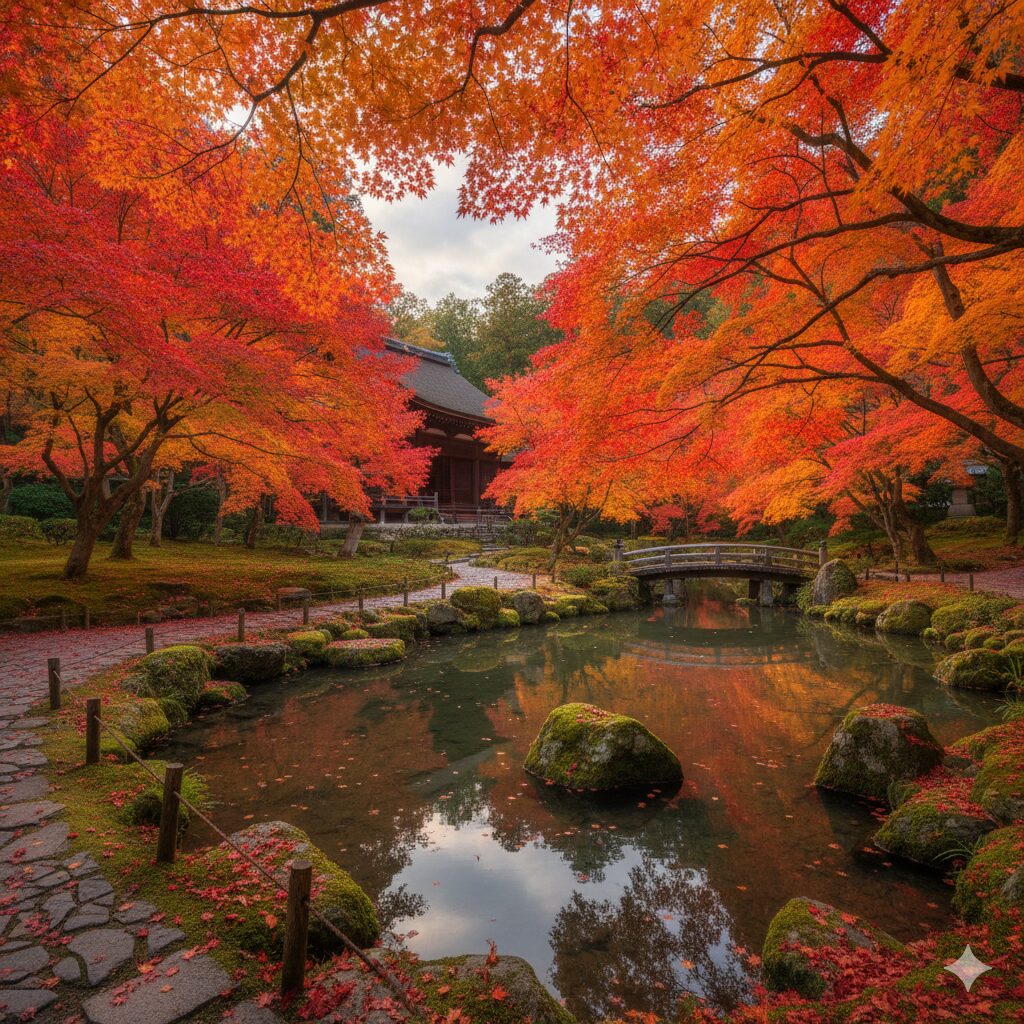
2-1 Tokyo, Osaka & airports → Kyoto
Fastest route from Tokyo: Tōkaidō Shinkansen Nozomi, ~2 hr 15 min, one-way about ¥14,500–¥15,500 → confirm times/fares at JR Central (Tōkaidō line) Official website (Japanese).
From Ōsaka (Umeda) by JR Special Rapid to Kyoto, ~30 min, fare about ¥570–¥600 → JR-West info Official website (Japanese).
Kansai International Airport (KIX) → Kyoto: JR Haruka limited express ~75 min, typical fare ¥3,000–¥3,800 (seat type varies) → JR-West Official website (Japanese).
Ōsaka Itami Airport (ITM) → Kyoto Station by airport bus ~55–70 min, fare around ¥1,340–¥1,600 → Airport bus operator Official website (Japanese).
2-2 Moving inside Kyoto without stress
Subways and JR lines avoid traffic. Buses reach temples in the hills but slow down at peak. For maps, advisories, and ticketing, see Kyoto City Transportation Bureau → Official website (Japanese).
2-3 Time estimates to major districts
From Kyoto Station, plan ~15–25 min to Higashiyama (Kiyomizu/Kōdai-ji), ~20–30 min to Arashiyama (Tenryū-ji), and ~25–40 min to North-East (Eikandō/Nanzen-ji), depending on train/bus + walk.
Table 2: Access & Time Summary
| Origin | Mode | Time | Typical Cost |
|---|---|---|---|
| Tokyo → Kyoto | Shinkansen (Nozomi) | ~2 hr 15 min | ¥14,500–¥15,500 |
| Osaka (Umeda) → Kyoto | JR Special Rapid | ~30 min | ¥570–¥600 |
| Kansai Airport → Kyoto | JR Haruka | ~75 min | ¥3,000–¥3,800 |
| Itami Airport → Kyoto | Airport Bus | ~55–70 min | ¥1,340–¥1,600 |
* Times and fares vary by date and seat. Confirm on JR Central/JR-West and bus operator sites before purchase.
3. What are the best spots and night illuminations?
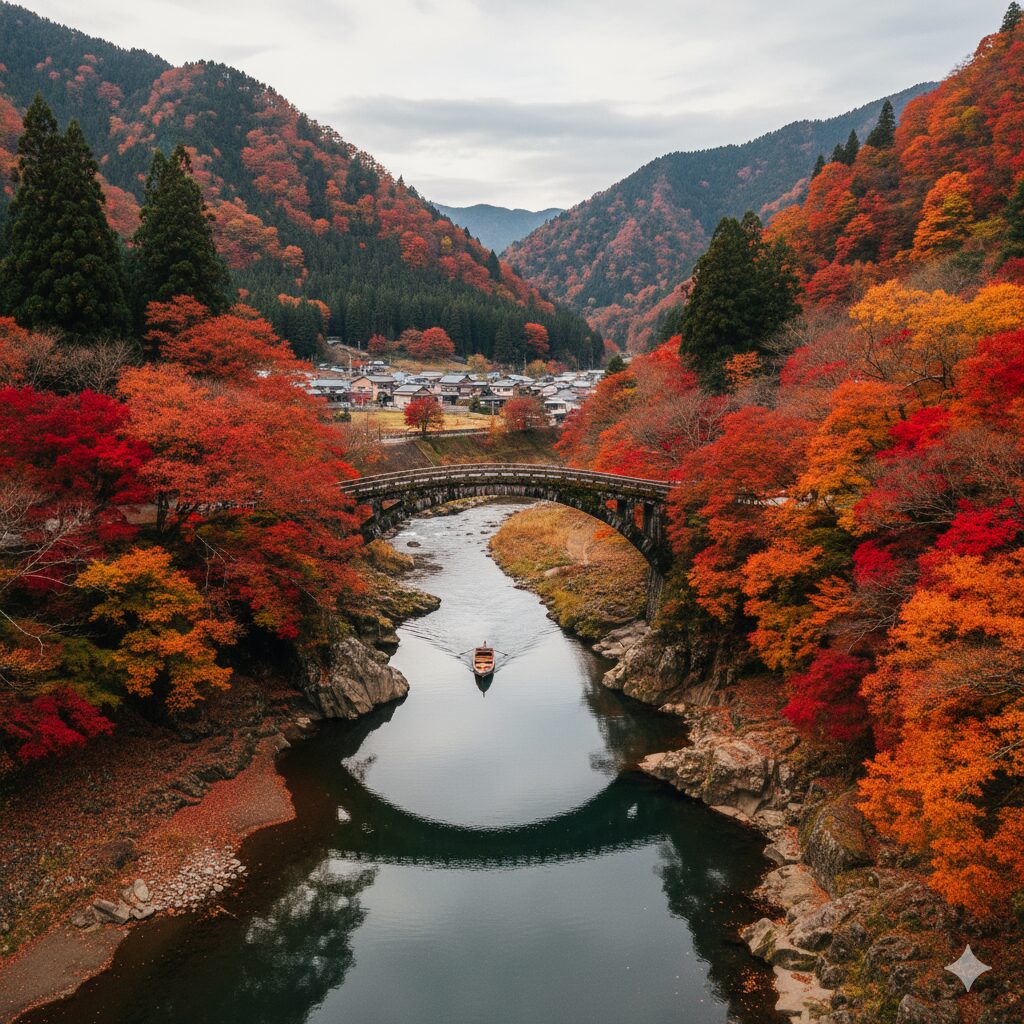
3-1 Eastern classics (walkable & photogenic)
Eikandō (Zenrin-ji): famous hillside of maples and a reflecting pond. Illumination is usually the season’s star. Details → Official website (Japanese).
Kiyomizu-dera: vast wooden stage over the valley; spectacular both day and night. Info → Official website (Japanese).
Kōdai-ji: elegant night gardens and projections in some years. Info → Official website (Japanese).
3-2 Ravines & bridges in the south-east
Tōfuku-ji (Tsūten-kyō bridge): aerial views over a sea of red maples in a dramatic valley. Crowds are intense but worth it in peak. Info → Official website (Japanese).
3-3 Arashiyama & the west side
Tenryū-ji: UNESCO garden with mountain backdrop; pair with the riverside paths. Info → Official website (Japanese).
Togetsukyō Bridge: classic river panorama; sunset glows behind the hills. Local info via city portal → Official website (Japanese).
3-4 Mountain breeze in the north
Kifune Shrine: lantern-lined stairs and chilled valley air for early color. Info → Official website (Japanese).
Table 3: Budget & Ticket Prices (Day/Night)
| Spot | Daytime Admission | Night Illumination | Eligibility/Notes |
|---|---|---|---|
| Eikandō (Zenrin-ji) | ¥600–¥1,000 | ¥1,000–¥1,600 | Illumination dates vary each year → Official website (Japanese) |
| Tōfuku-ji (Tsūten-kyō) | ¥600–¥1,000 | Usually daytime only for bridge | Separate areas may require separate tickets → Official website (Japanese) |
| Kiyomizu-dera | ¥400–¥600 | ¥400–¥1,000 (special opening) | Seasonal night entry on select dates → Official website (Japanese) |
| Kōdai-ji | ¥600–¥1,000 | ¥1,000–¥1,200 (illumination) | Projection shows in some years → Official website (Japanese) |
| Tenryū-ji (garden) | ¥500–¥800 | Varies by event | Separate fees for temple buildings → Official website (Japanese) |
* Ranges reflect typical seasons. Always confirm dates/prices on the temple’s Official website before you go.
4. Where should you eat and stay near the leaves?
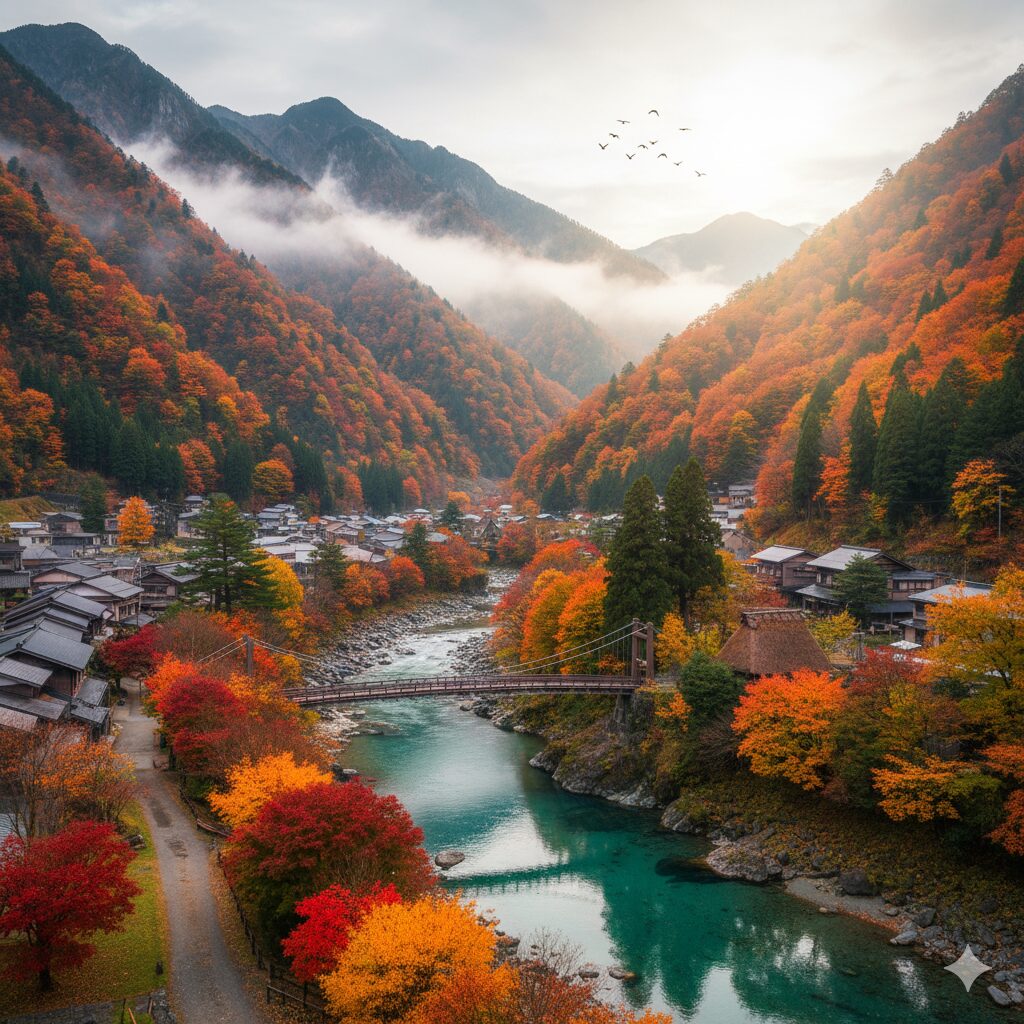
4-1 Good eating zones after temple hours
For a relaxed evening, stay near Gion/Higashiyama: many places serve seasonal set meals and warm noodles after night illuminations. City dining updates and etiquette are posted on Kyoto’s portal → Official website (Japanese).
4-2 Autumn treats you should try
Try roasted sweet potato, yatsuhashi (cinnamon mochi) with seasonal fillings, and matcha parfaits topped with chestnut paste. For a quick warm-up, ramen or soba is an easy win between day and night visits.
4-3 Where to sleep (areas & budgets)
Higashiyama keeps you close to Kiyomizu-dera and evening walks: expect ¥12,000–¥25,000 per room for mid-range hotels. Arashiyama is scenic but pricier in peak (¥20,000–¥40,000). Around Kyoto Station you’ll find the widest selection and easier transport (¥10,000–¥20,000).
5. How can you avoid crowds and travel smart?
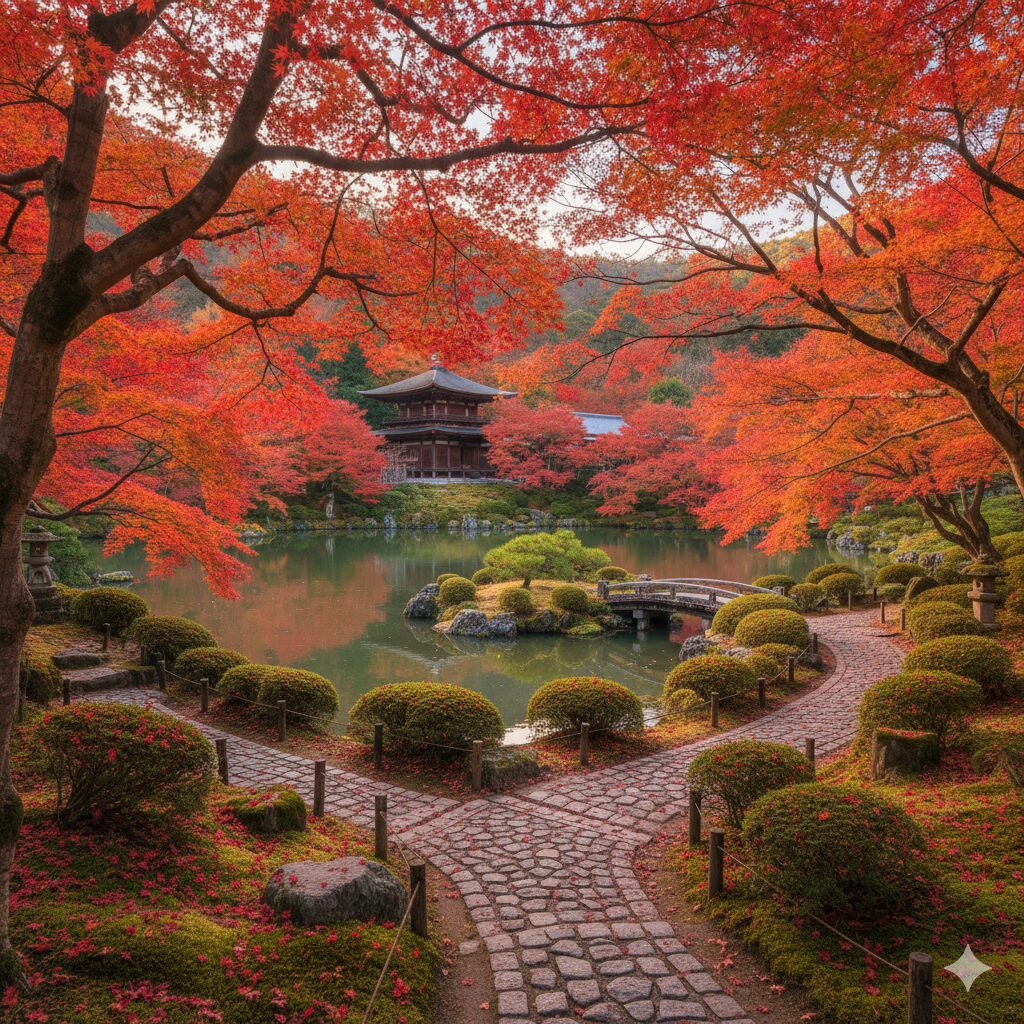
5-1 Time-of-day strategy
Enter headline temples right at opening or ~1 hour before last entry. Shoot backlit scenes around sunset; then head to your chosen illumination. Keep a flexible backup in case of long lines.
5-2 Tickets, cash, and eligibility
Some temples sell timed tickets in peak. Many accept cards now, but small shrines and food stands may be cash only. For transit, most visitors should carry an IC card (ICOCA) for fast transfers → JR-West IC card info Official website (Japanese).
5-3 Pass & discount options (when they make sense)
Passes help if you’ll ride intercity trains or many subways in one day. Foreign-visitor passes require a non-Japan passport. Always compare single-fare totals first.
Table 4: Pass & Discount Comparison
| Pass | Best Use | Validity | Price / Eligibility |
|---|---|---|---|
| ICOCA (IC card) | Tap-and-go on most trains/buses | Stored value | ¥500 deposit + top-up → Official website (Japanese) |
| Kansai Thru Pass | Non-JR subways/private rail (Kyoto-Osaka-Nara) | 2 or 3 non-consecutive days | For visitors; price varies by days → Official website (Japanese) |
| JR-West regional passes | Day trips beyond Kyoto (Himeji, Kobe, etc.) | 1–5 days (type-dependent) | Foreign passport holders only; ¥2,000–¥10,000+ range → Official website (Japanese) |
| Kyoto Subway/Bus 1-day | Frequent subway + select bus rides in city | Calendar day | Fares/policy change at times → Official website (Japanese) |
* Compare your real itinerary vs. pass price. (Editor’s note) Transport products change—always re-check the operator’s Japanese page linked above.
6. Frequently Asked Questions
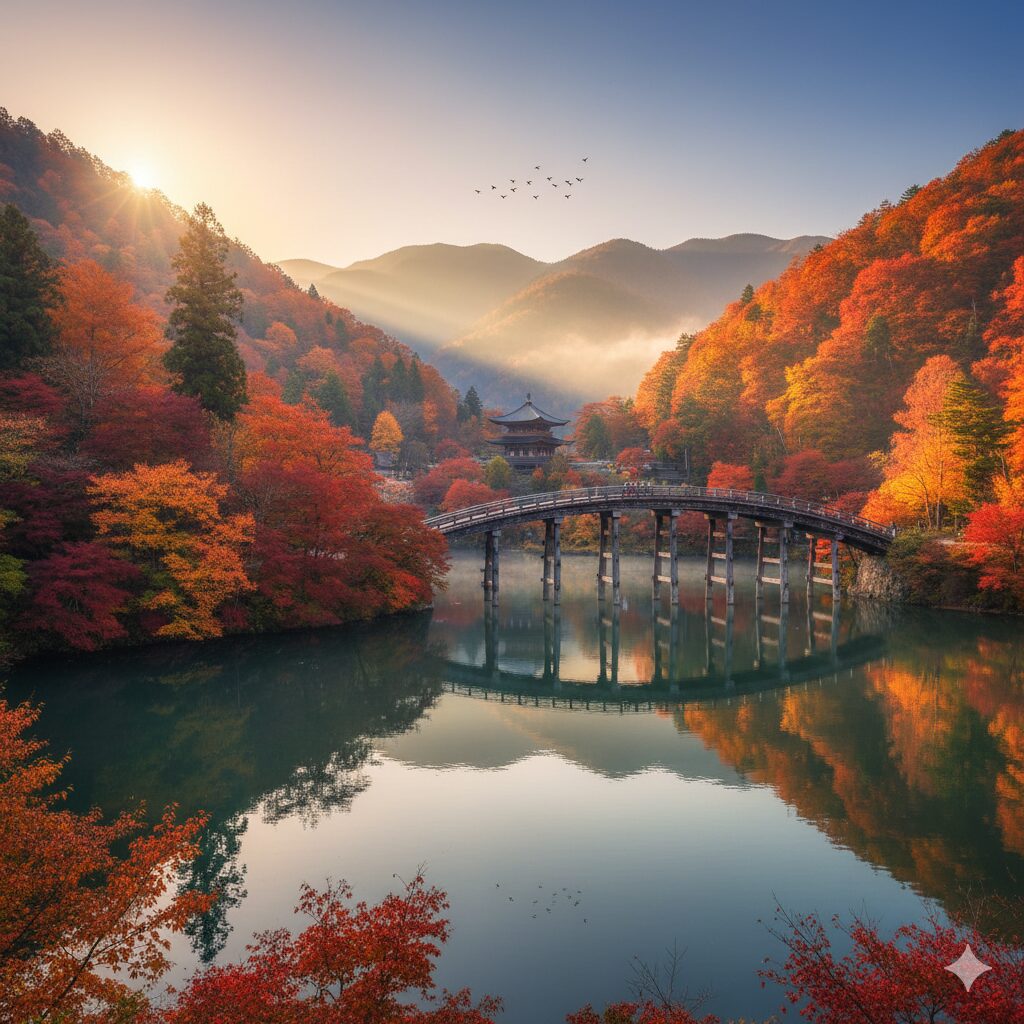
6-1 When is the “kyoto autumn leaves forecast 2025” posted?
Major Japanese outlets typically publish first outlooks around October, with weekly updates into November. Check Japan’s weather media and city pages → Kyoto city portal Official website (Japanese), Tenki.jp foliage maps Official website (Japanese).
6-2 Is “autumn leaves tokyo” better earlier or later than Kyoto?
Tokyo’s city parks often peak a bit later than Kyoto’s temple zones. A common strategy is Kyoto in late November then Tokyo in early December. For Tokyo park details, see JNTO’s national portal → Official website (Japanese).
6-3 Where can I find night illumination dates and last entry?
Temples publish seasonal pages with last entry times and ticket rules. Start with Eikandō Official website (Japanese), Kiyomizu-dera Official website (Japanese), and Kōdai-ji Official website (Japanese). Many close gates 30–60 minutes before the posted end.
6-4 What is the best time of day for photos of red leaves kyoto?
Early morning for calm paths and luminous color; late afternoon through blue hour for warm contrast and fewer faces in frame. For illuminations, arrive within the last 60–90 minutes to reduce queues.
7. Summary and Next Steps
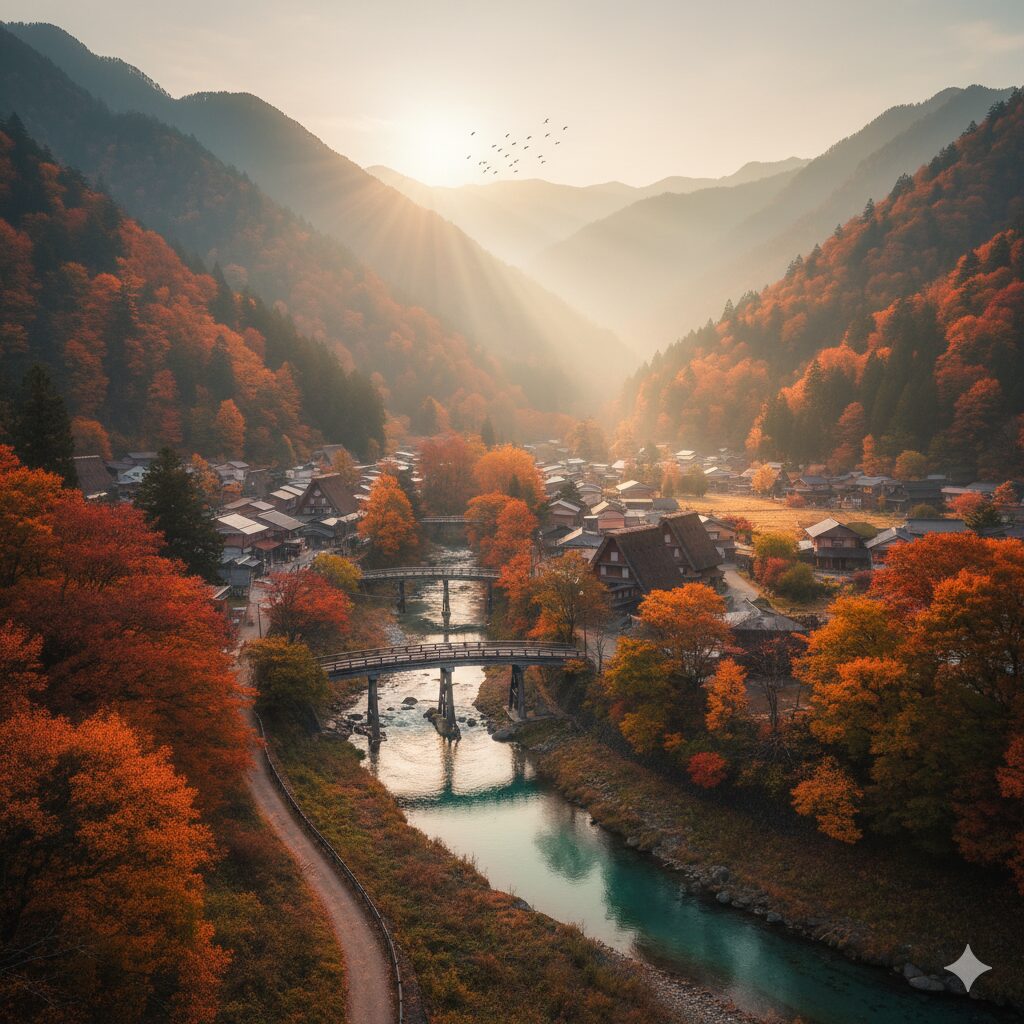
Final checklist: Secure train tickets, pick 2–3 temples with varied scenery, and watch the weekly forecast for the right week to go. City advisories and seasonal notices → Official website (Japanese). Nationwide travel basics → JNTO Official website (Japanese).
- Tokyo 3-Day Itinerary (First-time Visitors)
- Osaka Food Guide for Beginners
- Nara Day Trip from Kyoto (Deer Park & Temples)
Questions or group planning? Contact us → Japan Travel Contact
(Editor’s note) Schedules, prices, and pass rules change without notice. Always confirm on the linked Japanese Official websites before purchase or travel.
```